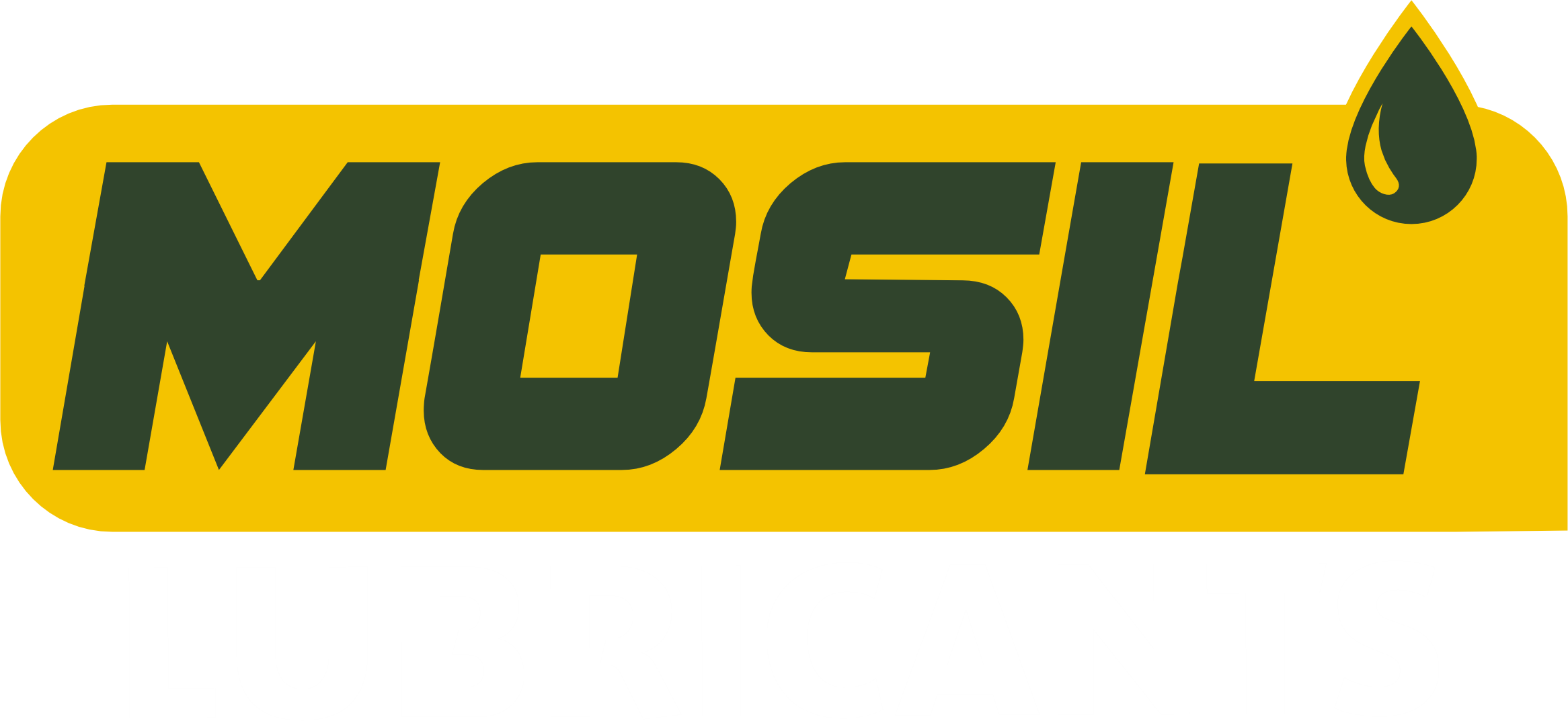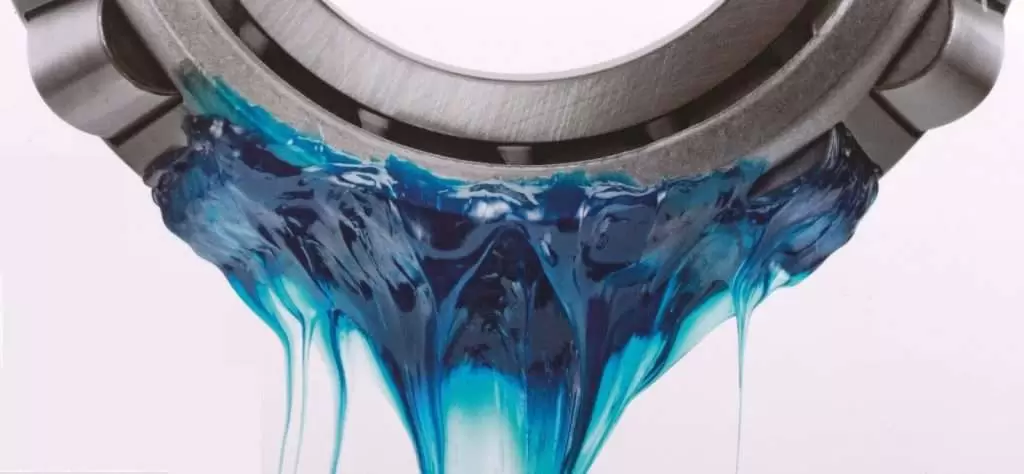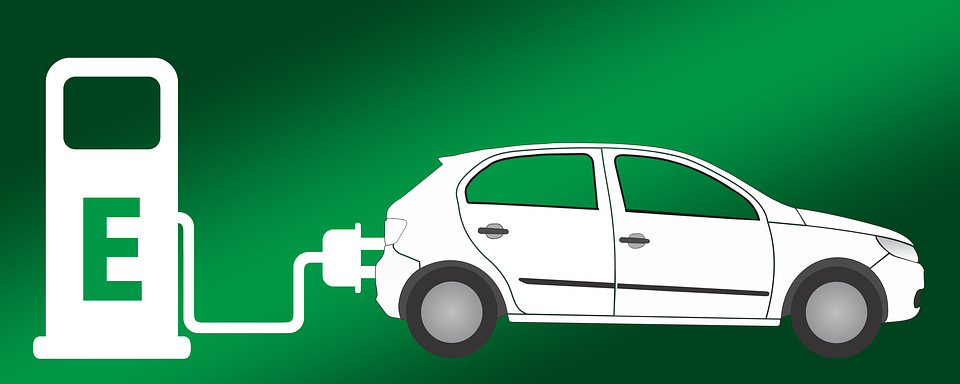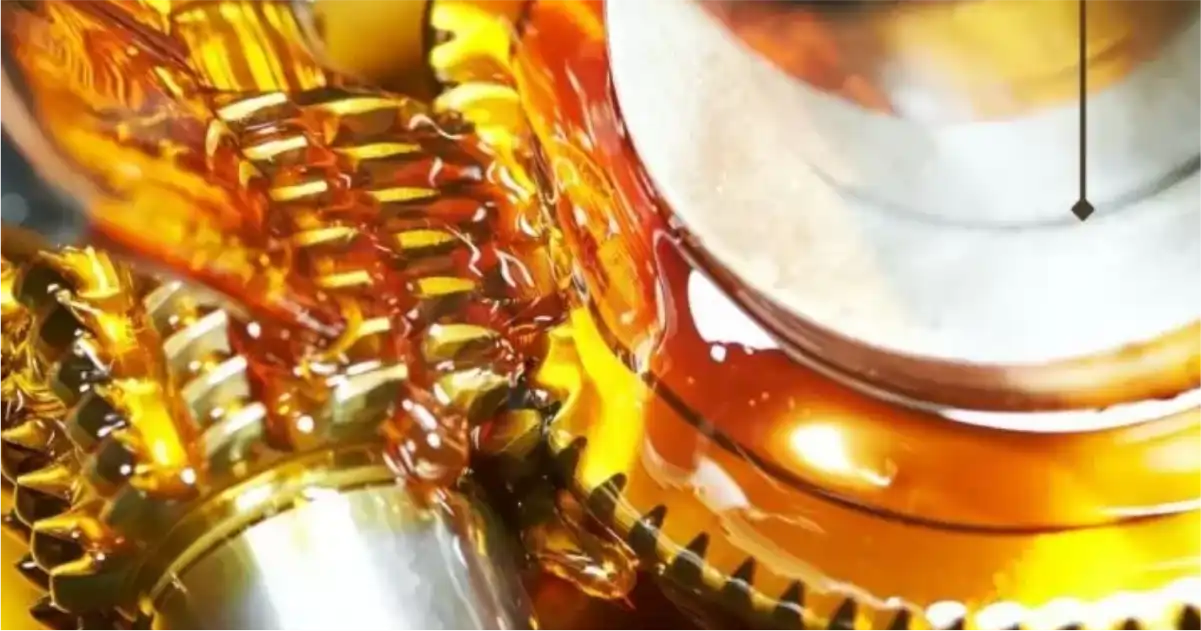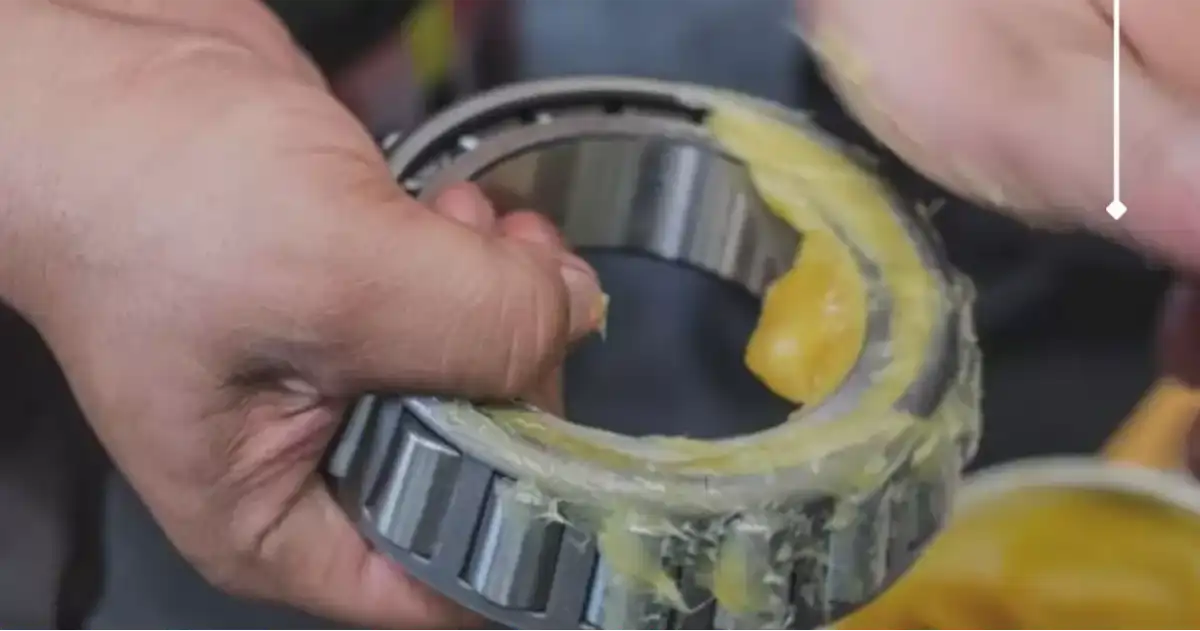Looking at these below 5 attributes for selecting the right type of lubricating grease for the equipment is crucial. Colour is definitely not one of these as there’s more to it than what meets the eye.
When it comes to grease lubricant, there is no such thing as “all-purpose” grease. Every single application requires a different type of oil and here we are discussing the 5 major attributes to look out for while choosing the lubricating grease for your equipment.
Frequently Asked Questions- Grease Lubricants
Greases comprise of various oils, thickeners & additives and in some situation solid lubrication is also added as per the requirement of applications
So the five attributes are summed up as follows
1. NLGI Rating
The National Lubrication Grease Institute Rating is a criterion that determines the consistency of lubricating grease, the higher the rating, the thicker is the grease.
The number is usually determined by the ratio of oil to the thickener in the grease. Low rated grease is helpful in cold climates as pumping is made easier whereas higher rated ones are more stable in hot climates.
2. Thickener
There are several additives in lubricating oil, out of which, the thickener is the most important one.
It acts as a ‘soap sponge’ that maintains the consistency of the oil and holds it in its place and then spreads across to lubricate all the components.
Different types of grease are used for different thickening agents, and they may not be compatible with each other.
4. Dropping Point
The dropping point is the operating temperature at which grease is liquefied and does not perform.
It is thus important to make use of grease that remains constant within the maximum operating temperature of the application.
5. EP Additives
EP which stands for Extreme Pressure is a tag that is labelled under a certain category of lubricating greases.
These are common for various applications except electric motor bearings where it can cause corrosion if there is over greasing on part of motor windings.
